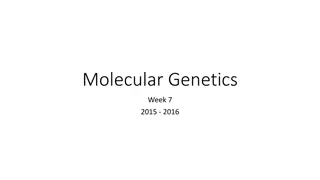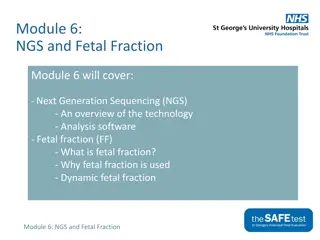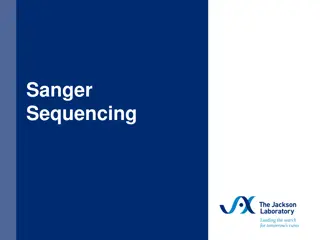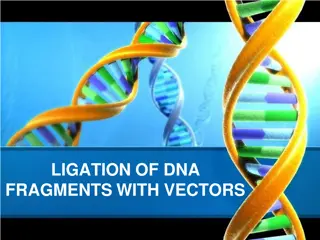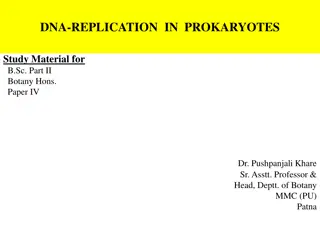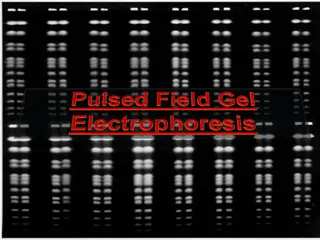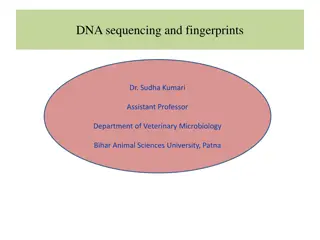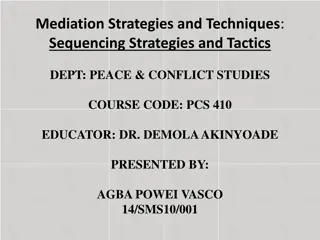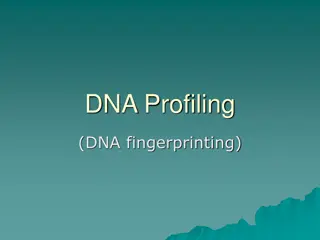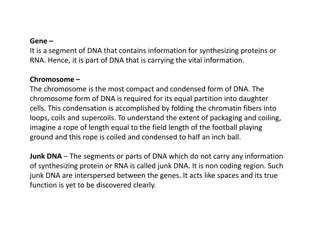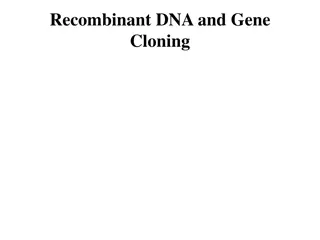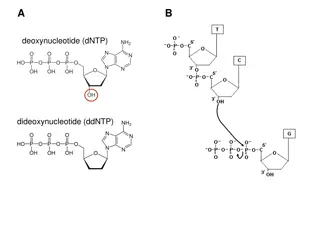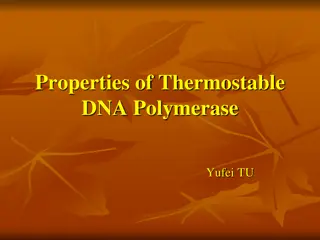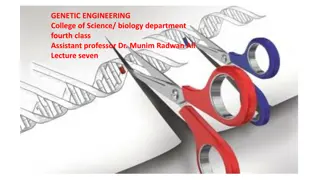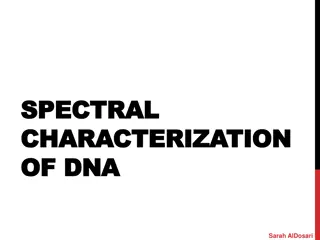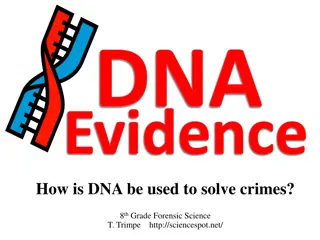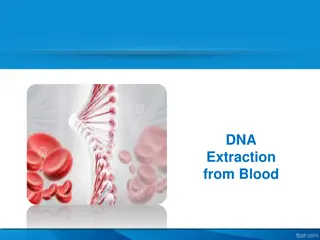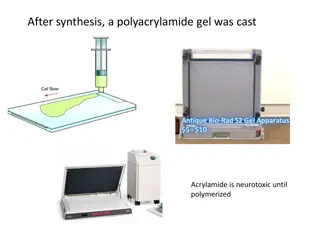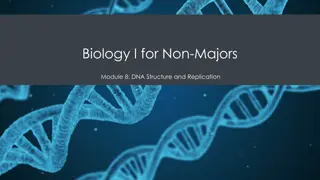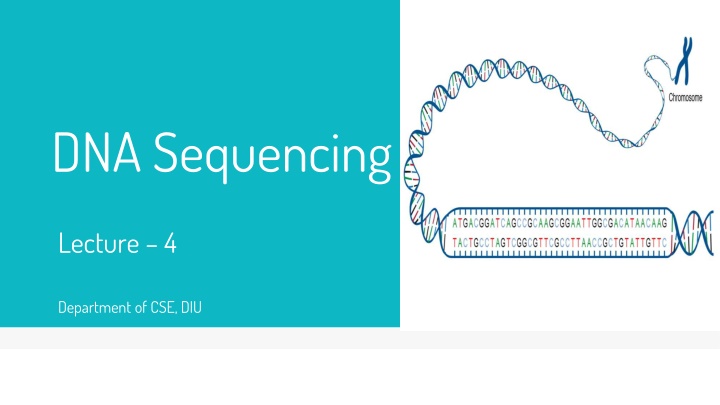
Understanding DNA Sequencing Methods and Terminologies
Explore the basics of DNA sequencing, from terminologies like oligonucleotide and plasmid to techniques like denaturation and annealing. Learn about different sequencing methods and tools used in genetic research.
Download Presentation

Please find below an Image/Link to download the presentation.
The content on the website is provided AS IS for your information and personal use only. It may not be sold, licensed, or shared on other websites without obtaining consent from the author. If you encounter any issues during the download, it is possible that the publisher has removed the file from their server.
You are allowed to download the files provided on this website for personal or commercial use, subject to the condition that they are used lawfully. All files are the property of their respective owners.
The content on the website is provided AS IS for your information and personal use only. It may not be sold, licensed, or shared on other websites without obtaining consent from the author.
E N D
Presentation Transcript
DNA Sequencing Lecture 4 Department of CSE, DIU
CONTENTS 1. Basic Terminologies 2. DNA Sequencing 3. First Gen Sequencing -Sanger Method (1977) 4. Second / Next Gen Sequencing -454/Roche (2005) -ABI SOLiD (2006) -Illumina/Solexa (2007) 5. Third / Next-Next Gen Sequencing -Pacific Biosciences (PacBio) -Oxford Nanopore
1. Basic Terminologies Some basic terms
Oligonucleotide Short sequences of DNA or RNA Typically less than 20bp Oligonucleotide of k bases length is called k-mer.
Denaturation and Annealing Denaturation - Energyofheatpullapart twoDNA strands - Happens at a critical temperature denotedTm Annealing -Decrease temperature, and strands are joined back together -Only complementary bases will bond
Plasmid Small, circular piece of DNA often found in bacteria. Sizes of 2.5-20 kb Plasmid using method - * Isolate them in large quantities * Cut and splice them, adding whatever DNA needed * Put them back into bacteria, where they'll replicate along with the bacteria's own DNA * Isolate them again -getting billions of copies of whatever DNA was inserted into the plasmid
Bacterial Artificial Chromosome (BAC) Used like a plasmid BACs carry DNA from humans or mice or any other living being, and is inserted into a host bacteriumfor replication BAC is artificially constructed, unlike Plasmid
Cloning Vector A cloning vector is a small piece of DNA, taken from a virus, a plasmid, or the cell of a higher organism, that can be stably maintained in an organism, and into which a foreign DNA fragment can be inserted for cloning purposes.
2. DNA Sequencing Determining nucleotide sequences
DNA Sequencing DNA sequencing is the process of determining the precise order of nucleotides (A, T, G,C) withina DNA molecule.
3. First Generation Sequencing Predominant method for sequencing for decades
Sanger Method Developed by Frederick Sanger in 1977 Most popular and predominant method for DNA Sequencing for decades Can read up to 2000 bps Slow and expensive Labor intensive Human Genome Project was completed using Sanger Sequencing
Step 1 -DNA Preperation 1 Cut DNA into a smaller piece for sequencing Insert into Plasmid 2 Insert Plasmid inside Bacteria Cell and let it multiply Extract all the necessary Plasmids and from Plasmid, isolate the DNA for sequencing 3 4
Step 2 Sequencing Reaction Strand Separation 1. -Heat DNA in 96o C (denaturation) Primer Annealing -Lower temperature to 50o C (annealing) -Primer binds to DNA Primer Extension -Increase temperature to 60o C -DNA Polymerase binds to Primer -Add complimentary bases (dNTP) after Primer until terminator base is added (ddNTP) 2. 3 . Termination -Terminate chain after ddNTP is added -ddNTP is fluorescently labelled (different colors for A, T, G, C) 4.
Step 3 Electrophoresis in Capillary Sort the newly synthesized DNA strands by length Strands are loaded inside a capillary tube An electrical negative charge pulls positively charged DNA strands through the capillary Emerged strands pass through a laser beam that excites the ddNTP fluorescent dye at the end of each strand Beam causes dye to glow in a specific wavelength/color which is captured by photocell and stored in a computer Computer than maps each color to each nucleotide sequentially and generates final sequence output
4. Second / Next Gen Sequencing Less Costly methods, mostly Short Read Sequences, High number of reads
454/Roche (2005) Pyrosequencing technique Long Read Sequencing (length up to 700 bps) Accuracy 99.9% Can sequence up to 1 Million reads/run Fast (around 24 hours/run) Expensive (costs around $10 per 1 million base)
ABI SOLiD (2006) SOLiD (Sequence by Ligation) Short Read Sequencing (length up to 100 bps) Accuracy 99.9% Can sequence up to 1.4 Billion reads/run Time around 1-2 weeks, Slower than other sequencers Cheap (costs around $0.13 per 1 million base)
Illumina / Solexa (2007) Sequencing by Synthesis Short Read Sequencing (length up to 300 bps) Accuracy 99.9% Can sequence up to 3 Billion reads/run Moderately Slow (around 1-11 days/run) Expensive Equipment, run cost is low (costs around $0.05-$0.15)
5. Third / Next-Next Gen Sequencing Long reads, Higher error rate
Pacific Biosciences (PacBio) Single Molecule Real Time Sequencing Long Read Sequencing (length up to 40,000 bps) Accuracy 87% Can sequence up to 500-1000 Mega reads/run Time around 30 minutes 4 hours, Faster Expensive Equipment, run cost is low (costs around $0.13-$0.60)
Oxford Nanopore Nanopore sequencing Very Long Read Sequencing (length up 500 kb), Portable Accuracy 92-97% Depends on read length selected by user Time around 1 minutes 48 hours, Faster Expensive Equipment, run cost is low (costs around $500-$999 per flow cell)


